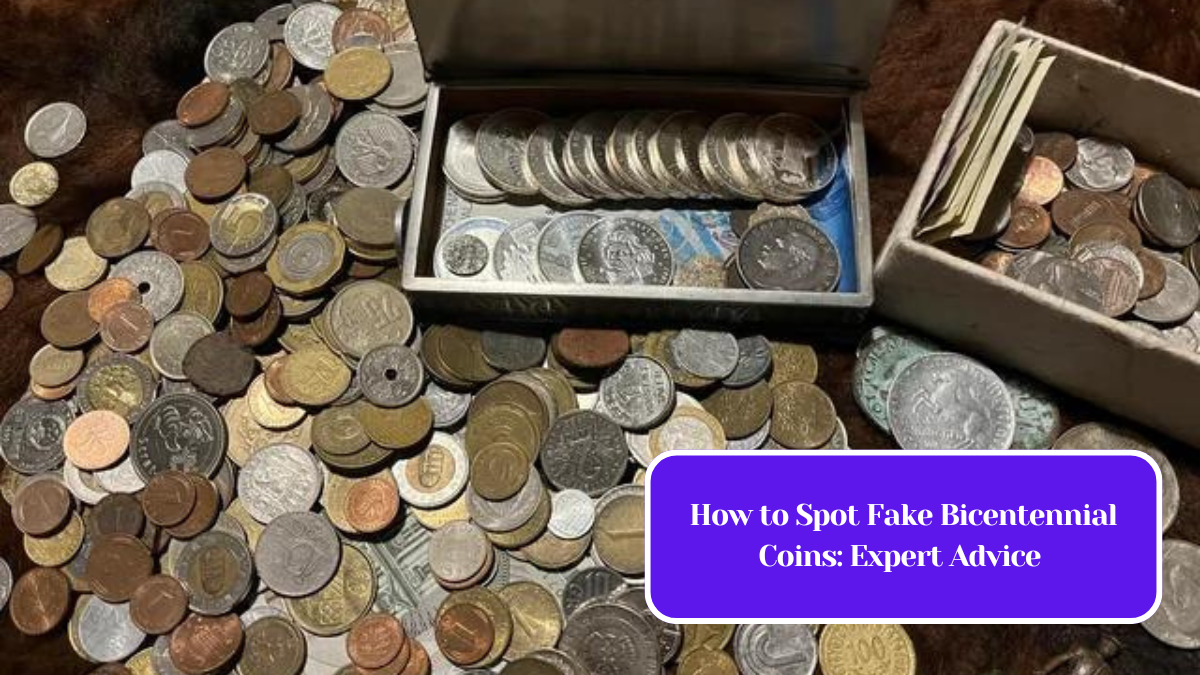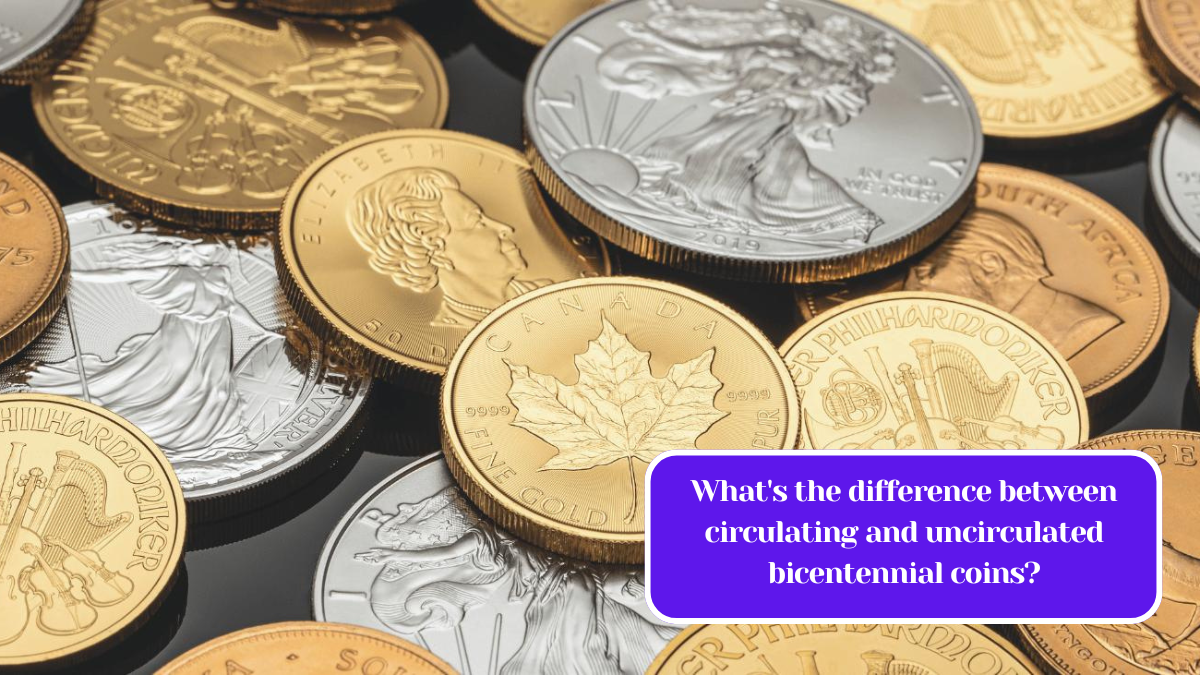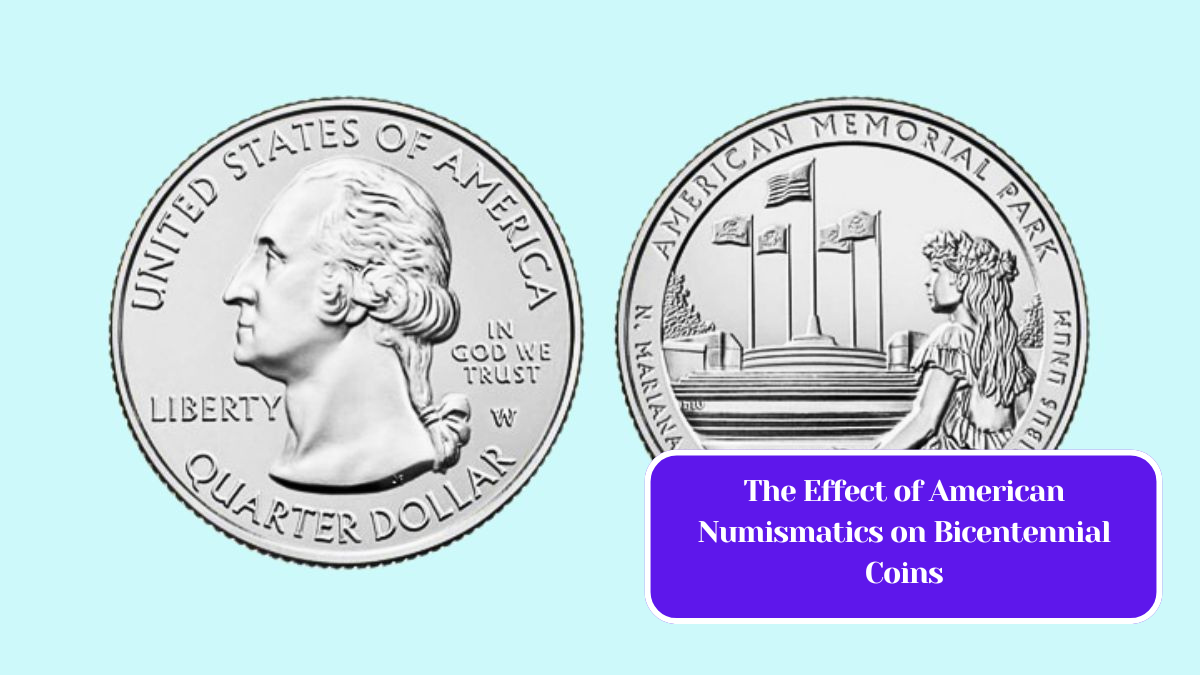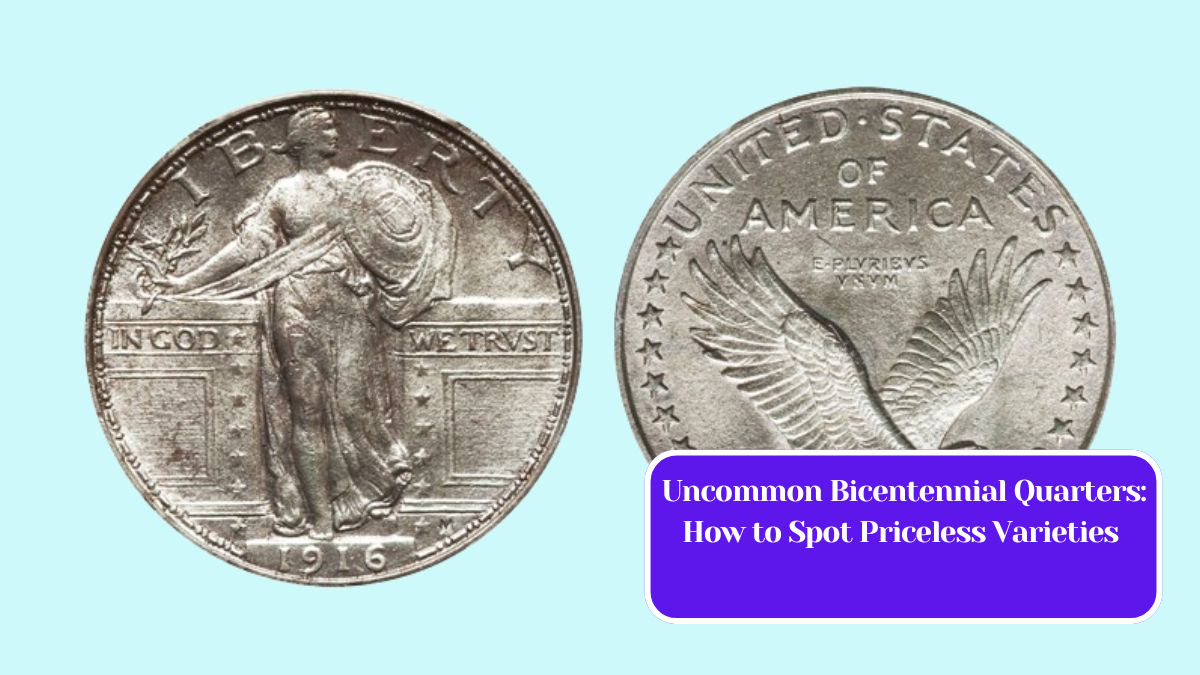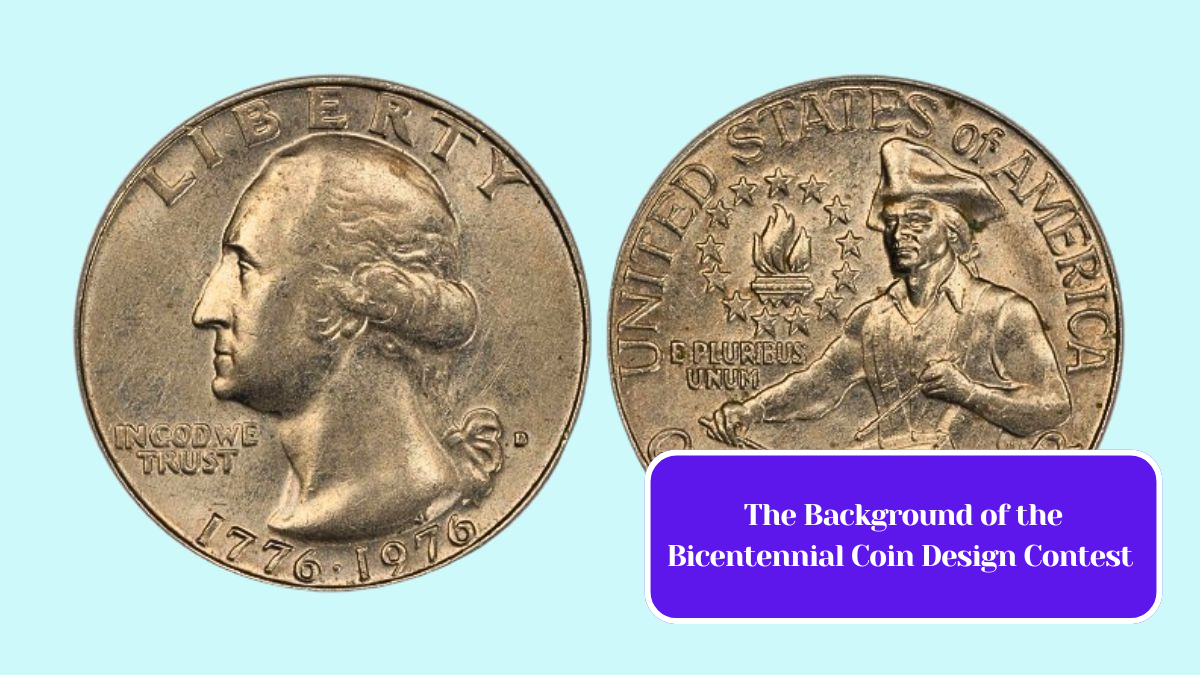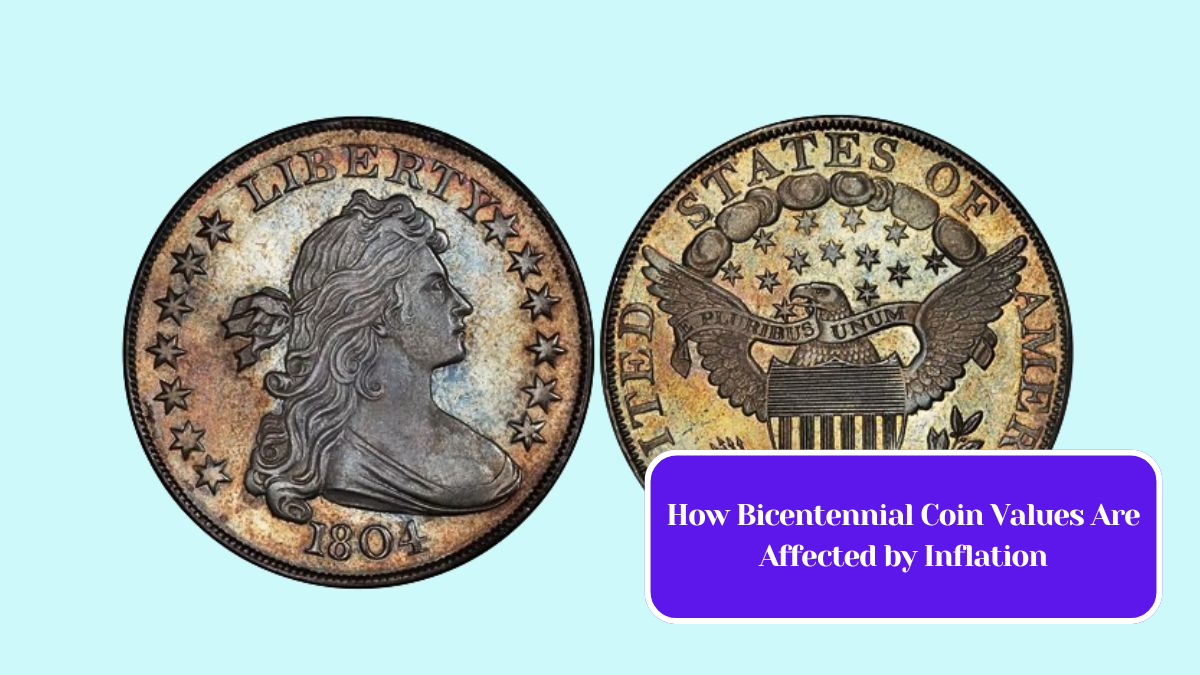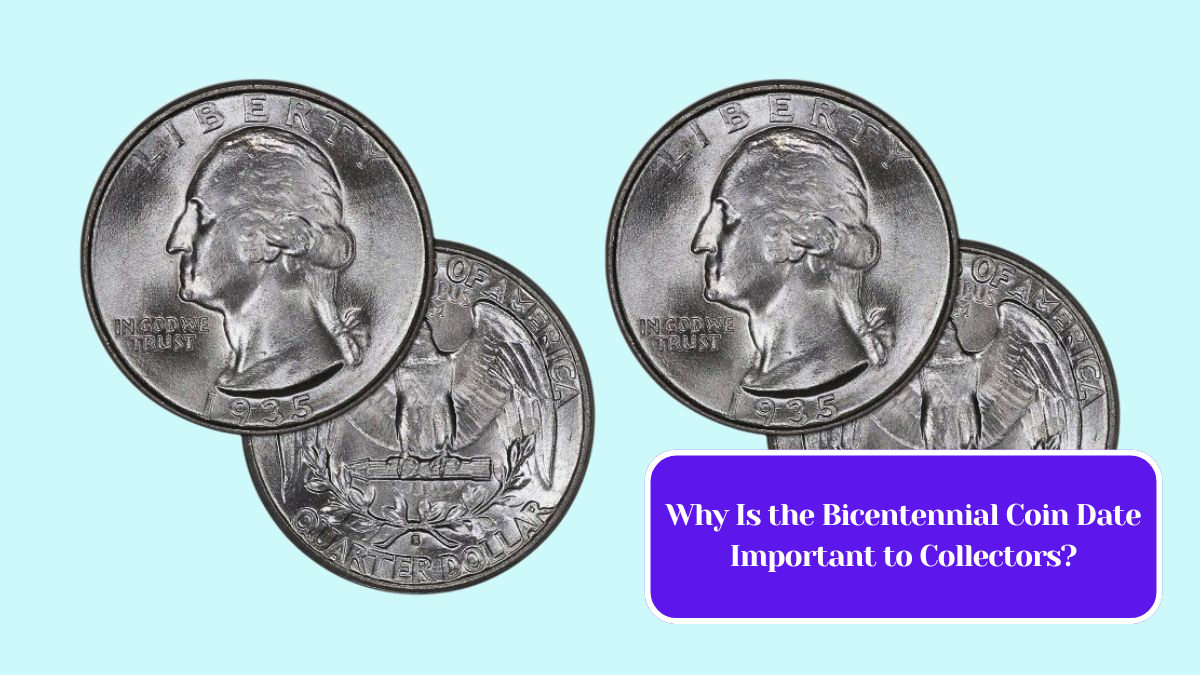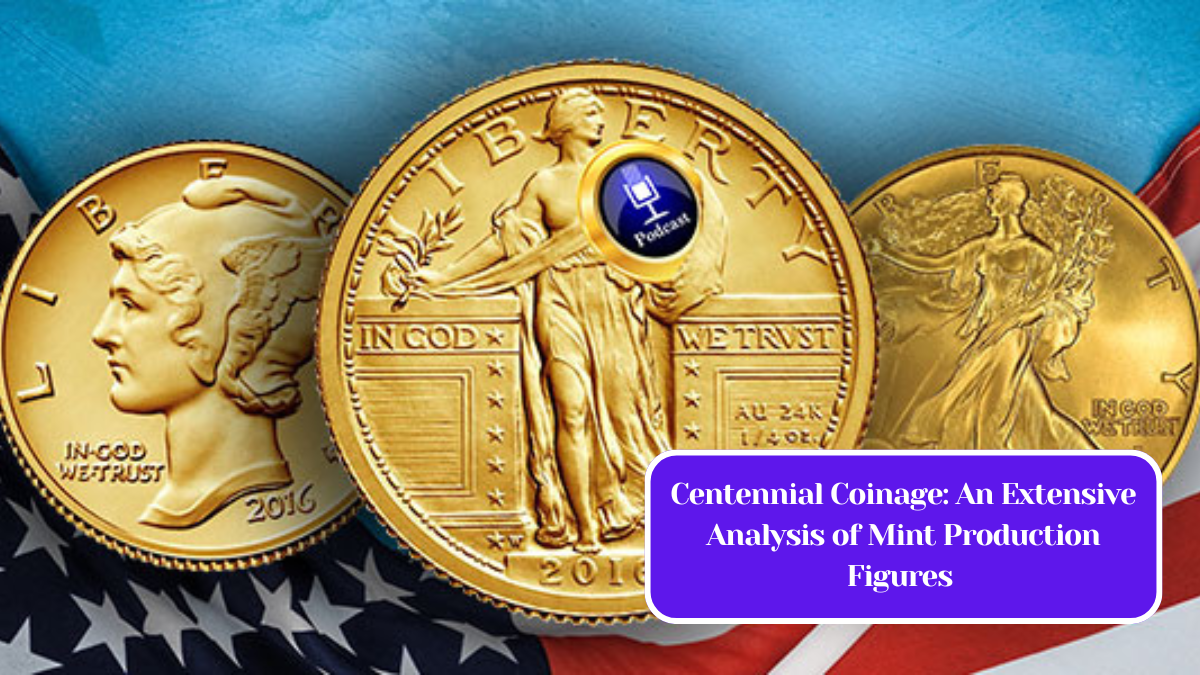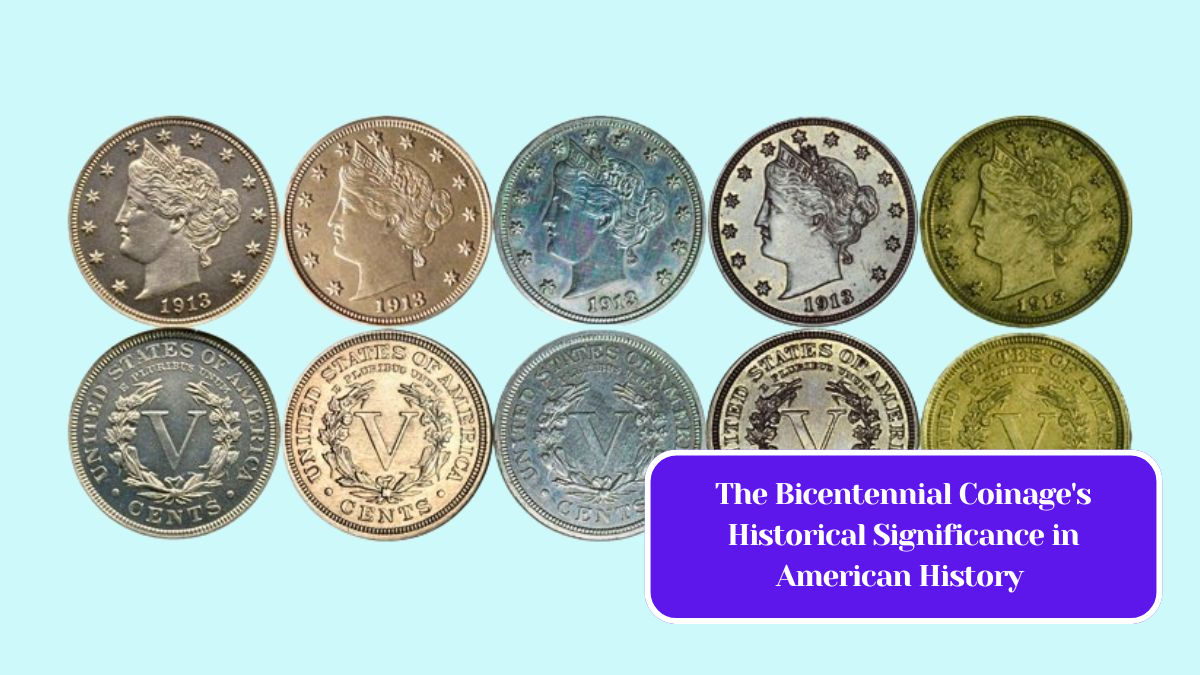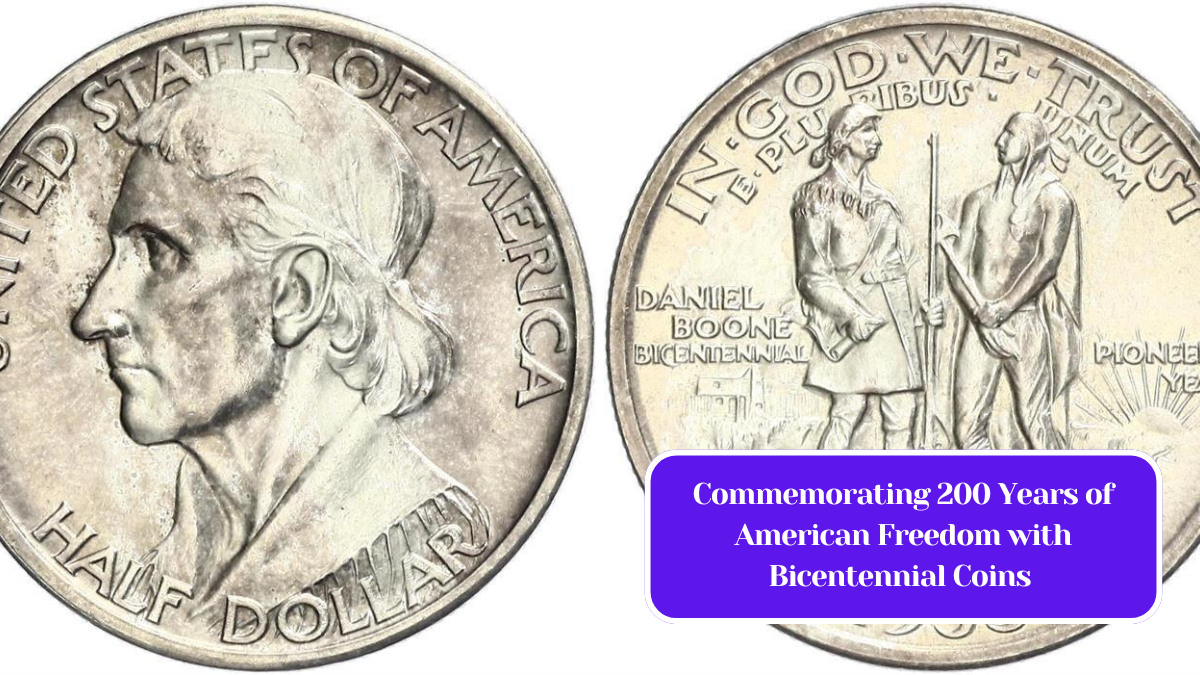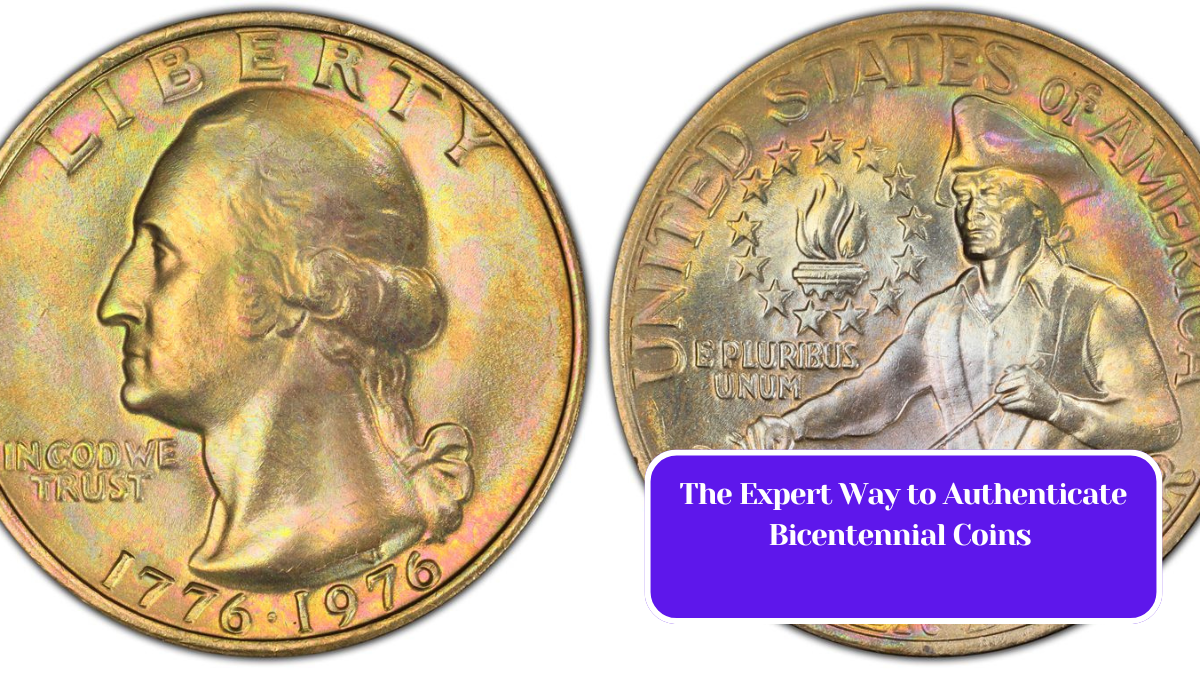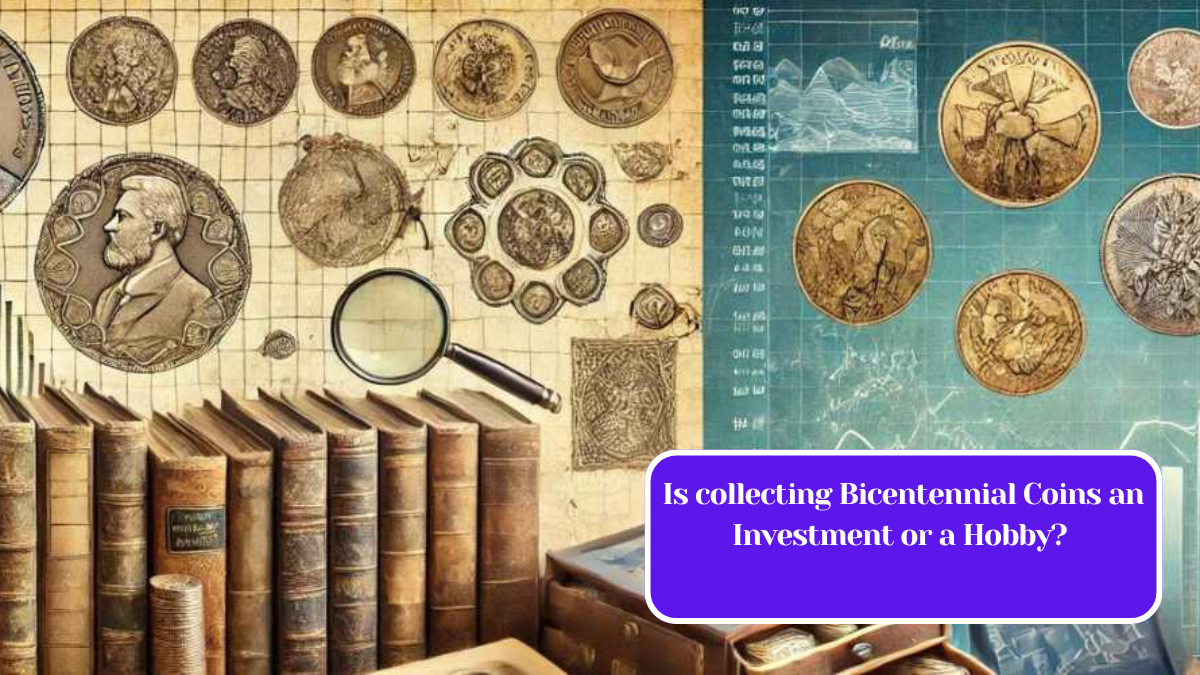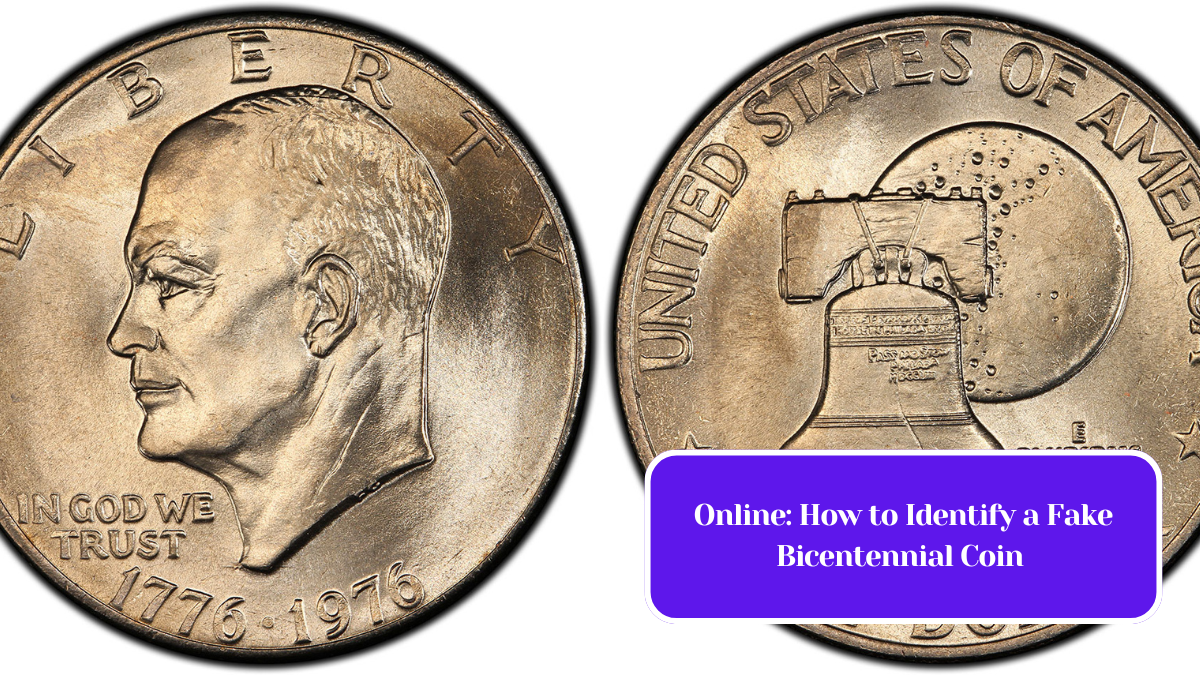The United States Bicentennial celebration in 1976 brought forth a unique array of coins that are cherished by collectors and history buffs alike. The Bicentennial quarter, half dollar, and dollar, each bearing the special design to commemorate 200 years of American independence, have become popular among numismatists. However, with popularity comes the potential for counterfeit coins. Here’s how to spot fake Bicentennial coins with expert advice to help you protect your collection.
Understanding the Bicentennial Coins
The 1976 Bicentennial coins feature distinct designs:
- Quarter: The reverse shows a drummer from the Revolutionary War, while the obverse retains the classic George Washington profile.
- Half Dollar: The reverse features a depiction of Independence Hall, with the obverse featuring a portrait of John F. Kennedy.
- Dollar: The reverse depicts the Liberty Bell superimposed on the moon.
These coins were minted with special designs for one year only, making them particularly appealing to collectors.
Signs of Authenticity
1. Weight and Dimensions
Each coin has a specific weight and size that can be easily checked:
- Bicentennial Quarter: 5.67 grams, 24.26 mm diameter.
- Bicentennial Half Dollar: 11.34 grams, 30.61 mm diameter.
- Bicentennial Dollar: 26.73 grams, 38.10 mm diameter.
Use a precise scale and caliper to measure these parameters. Any significant deviation could indicate a counterfeit.
2. Edge Inspection
The edge of each coin can provide clues about its authenticity:
- The quarter and half dollar have a reeded edge.
- The dollar has a smooth edge but features inscriptions (“E PLURIBUS UNUM” and the year).
Inspecting the edge can often reveal inconsistencies, as fakes may have incorrect lettering or be entirely smooth.
3. Design Details
Fakes often fail to replicate the intricate details of the original designs:
- Look closely at the relief of the images. Authentic coins will have sharp, defined features, while counterfeits may appear flat or poorly detailed.
- Pay attention to the spacing and placement of inscriptions. Authentic coins have uniform spacing that is often overlooked in counterfeit versions.
4. Surface Characteristics
Examine the surface of the coin for telltale signs:
- Authentic coins have a consistent texture and sheen, while fakes may show signs of poor minting processes, such as uneven surfaces or discoloration.
- Use a magnifying glass to check for signs of wear. Genuine coins may show slight signs of wear, while fakes often look too new or too pristine.
Advanced Techniques
5. Magnet Test
Some counterfeit coins are made from materials that are magnetic. Authentic Bicentennial coins are not magnetic. Using a magnet can help you identify fakes quickly.
6. Ultraviolet (UV) Light Test
Some authentic coins may exhibit unique reactions under UV light. A genuine coin might fluoresce slightly, while many counterfeits do not.
7. Professional Certification
If you have doubts about a coin’s authenticity, consider getting it professionally graded and authenticated. Certified grading services can provide peace of mind and increase the coin’s value.
Collecting Bicentennial coins can be a rewarding endeavor, but vigilance is crucial in avoiding counterfeits. By employing the tips outlined above, collectors can confidently assess the authenticity of their coins. Remember, when in doubt, consult with a professional numismatist.
